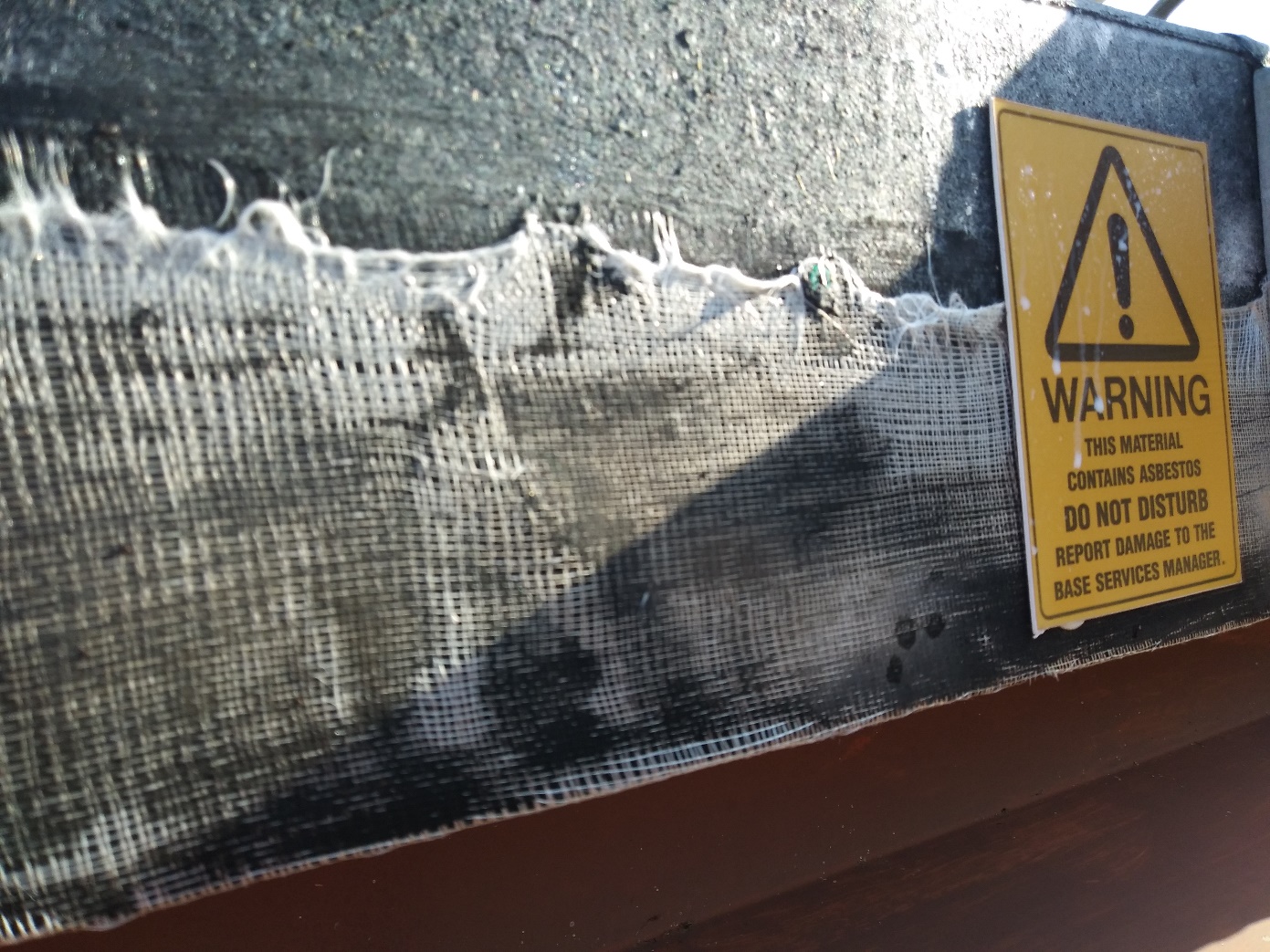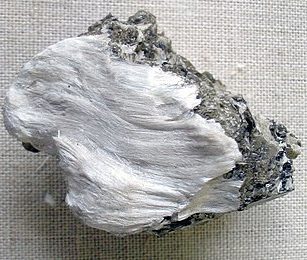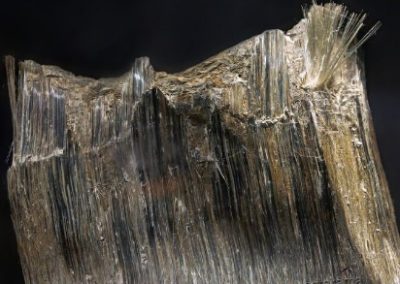ABout ASBESTOS
What is Asbestos?
Asbestos is a naturally occurring mineral mined from rock and made up of many small fibres. Asbestos is extremely tough and was widely used in products because of its high resistance to fire and chemicals and its effectiveness as an insulator. The term asbestos is traceable to Roman naturalist Pliny the Elder’s manuscript Natural History, and his use of the term asbestinon, meaning “unquenchable”.
In Australia, the most common types of asbestos mineral fibres are:
Asbestos fibres are 50 to 200 times thinner than a human hair, can float in the air for a long time, are not visible to the naked eye and can be breathed into the lungs.
Due to its durability, asbestos was used in a variety of different ways. Some common examples include:
- Asbestos Cement Sheets
- Tilux/ Duraflex Sheets (bathrooms and kitchens)
- Asbestos cement corrugated roof sheeting (Often called “Super Six” sheeting)
- Asbestos cement guttering, drains & pipes
- Asbestos insulation – pipes and electrical wires
- Asbestos brake pads and linings, and clutch pads.
Asbestos Health Risks
Prolonged inhalation of asbestos fibres can cause serious illnesses including lung cancer, mesothelioma, and asbestosis (a type of pneumoconiosis).
Asbestos is highly toxic, insidious and an environmentally persistent material that has killed thousands of Australians, and will kill thousands more into the future. The use and manufacture of asbestos is now banned in Australia.
Regulations and Codes of Practice
Removal of loose/friable asbestos or amounts of bonded asbestos sheeting greater than 10 square metres must be carried out by a licensed Asbestos Removalist.
A detailed Code of Practice ‘How to Safely Remove Asbestos’ is available for review on the Worksafe NT website. This is an approved code of practice under section 274 of the Work Health and Safety (National Uniform Legislation ) Act 2011.




